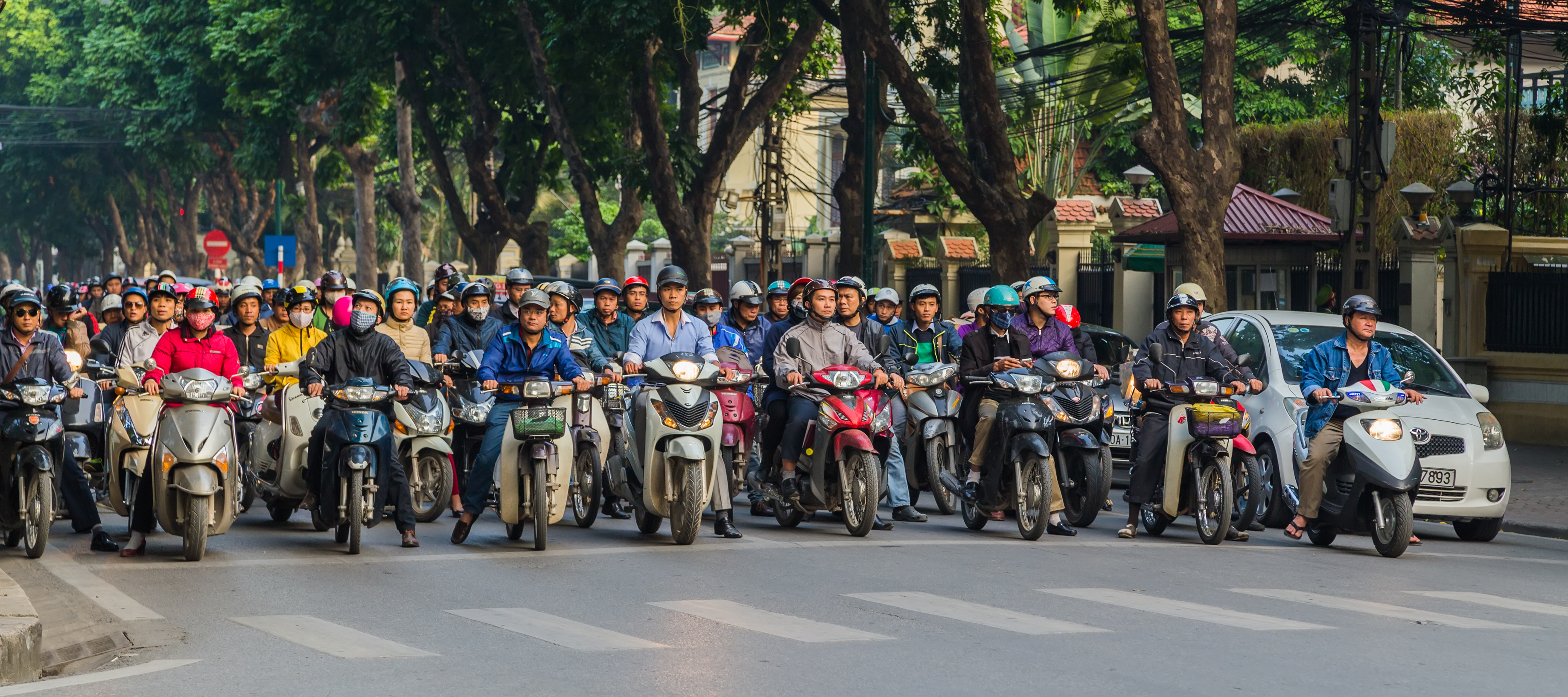Despite a 4 percent drop in Southeast Asias sales of four-wheel vehicles in 2015 and a 12 percent slide in motorcycle and scooter sales, industry analysts still predict growth in regional lubricants demand.
According to the ASEAN Automotive Federation, 2015 sales for passenger vehicles and commercial vehicles fell 4 percent to 3.1 million units. Indonesia, the largest market in ASEAN, fell by 16 percent. Thailand fell by 9 percent and Brunei by 20 percent.ASEAN is a 10-nation economic bloc for countries in Southeast Asia.
The drop in auto sales will likely not lead to a significant slowdown in lube demand growth, according to United States-based consultancy Kline & Co. This should not lead to a drop in lubricant sales in Indonesia or Thailand, because automotive lubricant consumption in any country market is tied to the countrys vehicle population, said energy project leader Sushmita Dutta.
While vehicle sales have decreased in these countries, the overall vehicle population has not. If most of a countrys vehicle fleet is produced domestically, a drop in auto sales can lead to a drop in factory-fill lubricants volume for a particular year, but service-fill volumes should continue to grow.
However, a fall in vehicle sales leads to slowdown in vehicle population growth. Therefore, we expect demand for automotive lubes to grow by 1.9 percent and 2.3 percent from 2015 to 2019 in Thailand and Indonesia, respectively. As far as Indonesia is concerned, the growth rate is quite low compared to its historical automotive lube demand growth of between 4 percent and 5 percent.
On the other hand, sales for four-wheelers in emerging markets such as Vietnam grew by 57 percent. Sales in Singapore and the Philippines grew by 66 percent and 23 percent, respectively.
In Vietnam, the passenger car population has experienced significant growth driven by growing disposable income, reduction in vehicle registration fees and better road conditions, said Dutta.
The regions total sales of motorcycles and scooters fell by 12 percent to 9.6 million units. The four countries that recorded a decrease in sales were Indonesia (by 15 percent), Malaysia (14 percent), Singapore (8 percent) and Thailand (4 percent). Philippines recorded an increase of 8 percent.

Photo: Vladyslav Danilin / Shutterstock
Manila-based AAF did not release sales statistics for Vietnams two-wheelers market, but Dutta noted that Vietnams two-wheeler market, which it said constitutes 92 percent of countrys vehicle population, is expected to remain stable or decline marginally over the next five years. Two-wheeler lubricants account for about 40 percent of the automotive lube demand in Vietnam. Therefore, despite a strong growth in passenger car and commercial vehicles sales, Kline expects lube demand will grow at 2.6 percent from 2015 to 2019.
Total production of motorcycles and scooters in the region fell by 21 percent to 8.7 million units while production of passenger vehicles and commercial vehicles fell 2 percent to 3.9 million units, according to AAF.
Thailands government has plans to build the country into an automotive hub of Asia. This suggests that vehicle production should increase in the country in the long term. Moreover, an increasing number of consumers are switching from motorcycles to passenger cars, and this should promote car sales in the long term, Dutta added. Thailands four-wheeler production increased by 2 percent to 1.9 million units.
According to research consultant KPMGs Global Automotive Executive Survey 2016, automotive industry insiders forecast the automotive market of Southeast Asia to continue to grow. In listing the top five countries with the most potential to grow, 48 percent and 43 percent of respondents included Thailand and Indonesia, respectively.
With the global automotive market still far away from being saturated, a new wave of growth will take place in [these] new emerging countries in the coming years, said the report.